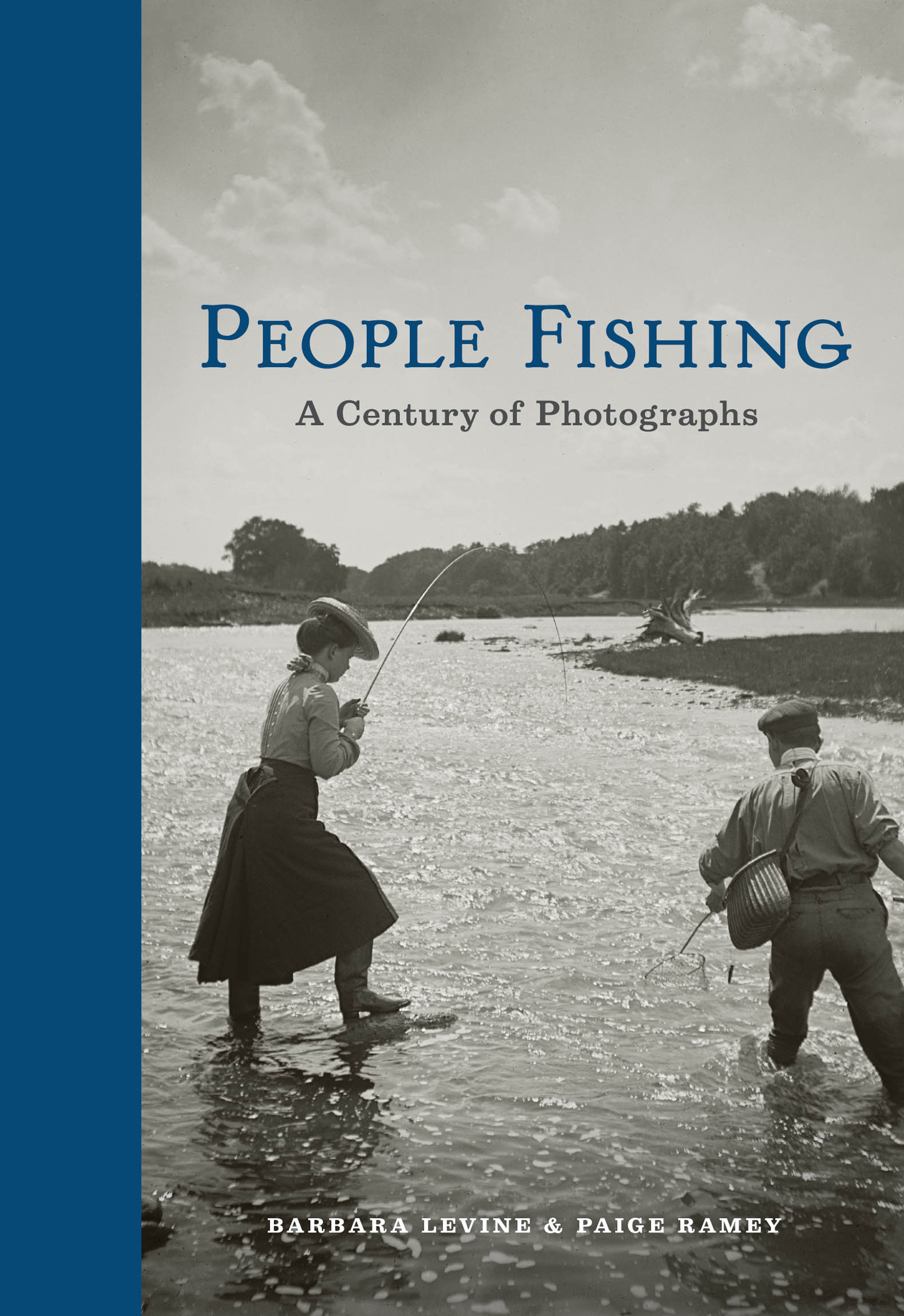


Contents

F rom poets to presidents and everyone in between, we all have a fish story! And fishing, since the invention of photography, is a story people like to tell in pictures. The photographs in this book date from the 1860s to the 1960sfrom the time when large-format cameras were first set up in the landscape through the 1920s, with ads such as Let your Kodak catch the picture, featuring a couple fishing, and into the 1960s, with ads showing a triumphant angler with his catch and the phrase Sure Beats Talking About It! Through the decades and across cultures, men, women, and children have captured the moment with photographs to best tell the story later. Our collection of vintage vernacular photographs, assembled over many decades, includes a large number of fishing pictures: proud photos, serious photos, and comical photos. Testimonial photosLook what I caught!; taunting photosWouldnt you rather be doing this?; and self-mocking photosI came up empty again! Because fishing is a slow and quiet recreation, a humbling sport, and an unpredictable food-gathering activity, humor and clichs abound. With their real or implied captions and in-on-the-joke expressions, fishing photos, more than those of most human activities, tend to be funny. The futility that lurks just below the surface of any fishing expedition and the impulse to exaggerate ones sporting accomplishments are the twin engines propelling the pictures humor.
Even the earliest attempts tilt toward the comic: it seems that from the moment we started taking pictures of people fishing, we were all winking at the likely failure of the attempt, or the inherent idleness of the activity, or the gap between the hoped-for catch and the puny bounty. The one that got away remains an easy source of humor for picture postcards and souvenirs to this day.  Photography plays an important corroborating role in the fishermans tale. Unlike most candid photographs, which reveal the interest or motives of the person behind the camera, many fishing photographs are instigated by the person in front of the lens. These photographs optimistically documented a triumphant moment and can be seen as early forerunners of the contemporary selfie, as we hear those depicted say: I was there. Look what I did! But photography can have a converse effect: the absence of photographic evidence of the big fish could undermine the accuracy of an anglers account.
Photography plays an important corroborating role in the fishermans tale. Unlike most candid photographs, which reveal the interest or motives of the person behind the camera, many fishing photographs are instigated by the person in front of the lens. These photographs optimistically documented a triumphant moment and can be seen as early forerunners of the contemporary selfie, as we hear those depicted say: I was there. Look what I did! But photography can have a converse effect: the absence of photographic evidence of the big fish could undermine the accuracy of an anglers account.
In fact, you would think that the return from the sea to relate an epic battle with an outsize marine creaturethe long tradition of the so-called fish storymight well have become an endangered form of narrative once the camera became commonplace. Instead, the fishing photograph became a useful and malleable narrative aid: exaggerated (pre-Photoshop) photos, studio portraits, humorous poses, and cartoonish renderings of fishing exploits flourished, both as a visual extension of the fish tale and as a way of confounding the otherwise trustworthy nature of the documentary photo. There is also something deeper at work in these photographs. The portable camera came of age at a moment in history when people in industrialized nations were becoming removed from agricultural life. By the turn of the twentieth century, fishing was no longer a primary source of family sustenance and had become synonymous with escape, recreation, and encounters with nature. Yet behind this vision of a relaxing pastime, a core connection to our ancestral hunter-gatherers is nonetheless evoked in snapshots (a term originally coined by hunters in 1808) of people fishing.
Whether the expressions of anglers are proud, goofy, or surprised, the display of a fish caught confirms their self-sufficiency. In fact, the further we remove ourselves from the daily contingencies of sourcing our own food, the more we appreciate seeing other peoples triumphant moments captured on film.  This sense of connecting to a basic human activity is what energizes photographs of celebrities outfitted in the humble attire of the fisherman. Whether it is FDR telling a fish story, the Queen Mum in hip waders, or the Beatles casting lines out of their hotel window, these photos seem to assure us, Seetheyre human too! Fishing unites us all, high and low, male and femalewe all are at the mercy of the fish beneath the water, that which we cannot see. Ultimately this is what is most charming, even reassuring, about the centurys worth of fishing photos collected here: though the technologies of photography may have changed and the gear and outfits of fishing may have evolved, the inherent activity has not. Fish, after all, are the same as ever, and going out to catch them remains a kind of universal equalizer.
This sense of connecting to a basic human activity is what energizes photographs of celebrities outfitted in the humble attire of the fisherman. Whether it is FDR telling a fish story, the Queen Mum in hip waders, or the Beatles casting lines out of their hotel window, these photos seem to assure us, Seetheyre human too! Fishing unites us all, high and low, male and femalewe all are at the mercy of the fish beneath the water, that which we cannot see. Ultimately this is what is most charming, even reassuring, about the centurys worth of fishing photos collected here: though the technologies of photography may have changed and the gear and outfits of fishing may have evolved, the inherent activity has not. Fish, after all, are the same as ever, and going out to catch them remains a kind of universal equalizer.
The ongoing attempt to photograph our exploits while fishing is a testament to eternal hope, and eternal disappointment, and the humor and pathos that lie in between. BARBARA LEVINE & PAIGE RAMEY 



 Do not tell fish stories where the people know you; but particularly, dont tell them where they know the fish. MARK TWAIN
Do not tell fish stories where the people know you; but particularly, dont tell them where they know the fish. MARK TWAIN 





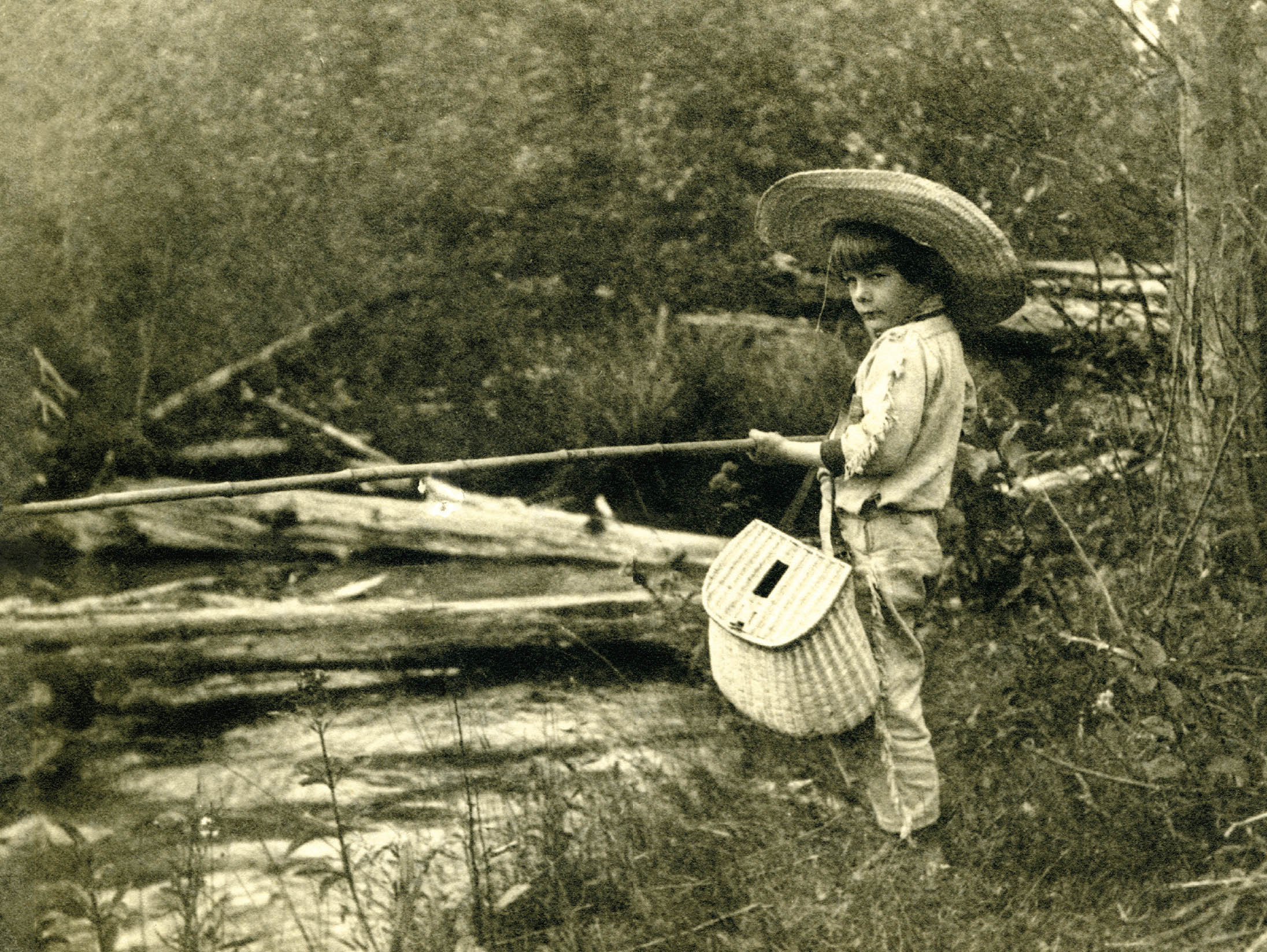
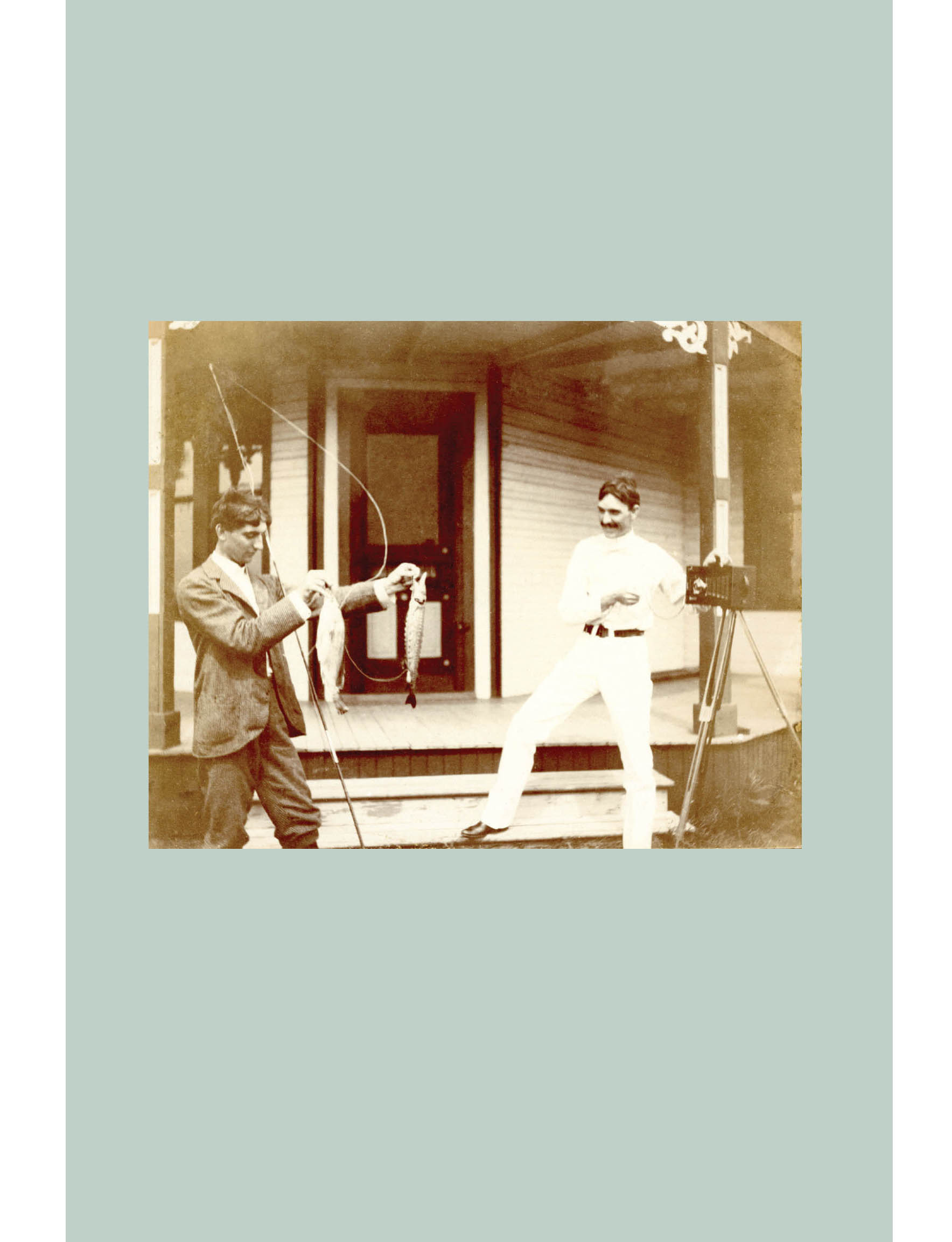
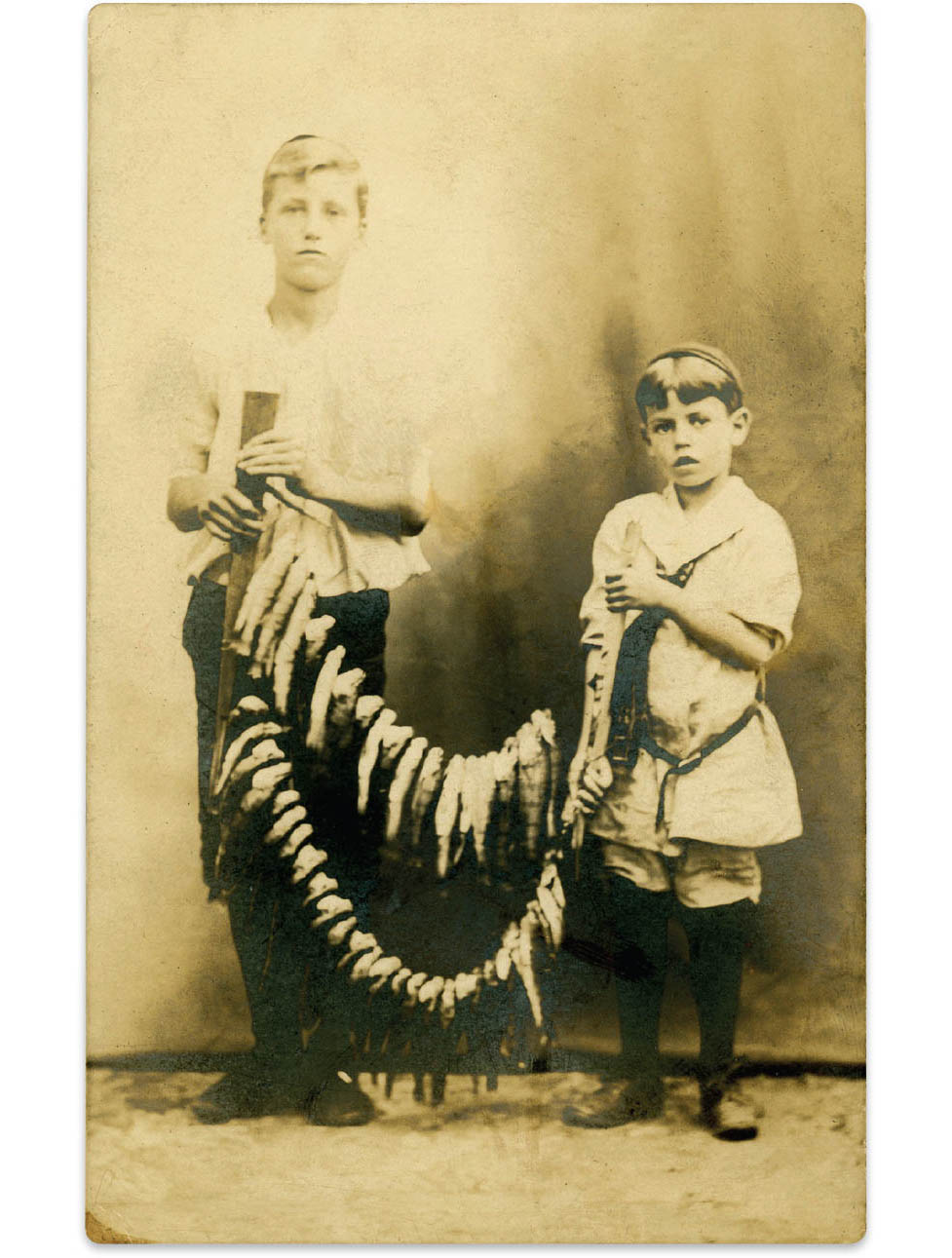

Next page


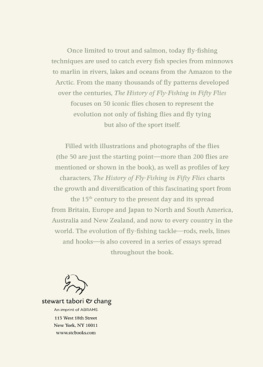
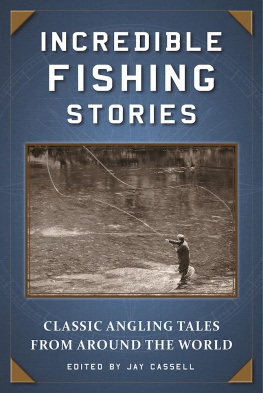



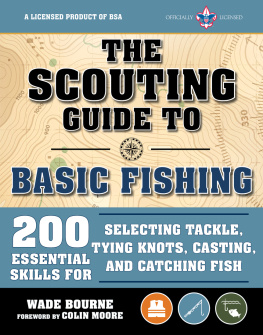
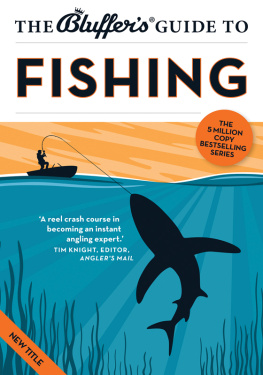
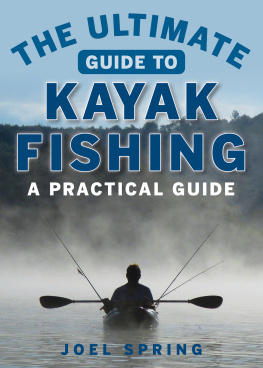
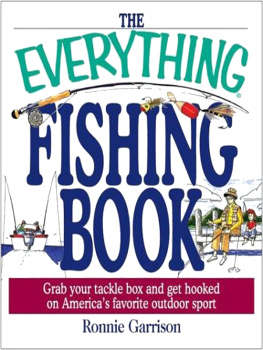



 F rom poets to presidents and everyone in between, we all have a fish story! And fishing, since the invention of photography, is a story people like to tell in pictures. The photographs in this book date from the 1860s to the 1960sfrom the time when large-format cameras were first set up in the landscape through the 1920s, with ads such as Let your Kodak catch the picture, featuring a couple fishing, and into the 1960s, with ads showing a triumphant angler with his catch and the phrase Sure Beats Talking About It! Through the decades and across cultures, men, women, and children have captured the moment with photographs to best tell the story later. Our collection of vintage vernacular photographs, assembled over many decades, includes a large number of fishing pictures: proud photos, serious photos, and comical photos. Testimonial photosLook what I caught!; taunting photosWouldnt you rather be doing this?; and self-mocking photosI came up empty again! Because fishing is a slow and quiet recreation, a humbling sport, and an unpredictable food-gathering activity, humor and clichs abound. With their real or implied captions and in-on-the-joke expressions, fishing photos, more than those of most human activities, tend to be funny. The futility that lurks just below the surface of any fishing expedition and the impulse to exaggerate ones sporting accomplishments are the twin engines propelling the pictures humor.
F rom poets to presidents and everyone in between, we all have a fish story! And fishing, since the invention of photography, is a story people like to tell in pictures. The photographs in this book date from the 1860s to the 1960sfrom the time when large-format cameras were first set up in the landscape through the 1920s, with ads such as Let your Kodak catch the picture, featuring a couple fishing, and into the 1960s, with ads showing a triumphant angler with his catch and the phrase Sure Beats Talking About It! Through the decades and across cultures, men, women, and children have captured the moment with photographs to best tell the story later. Our collection of vintage vernacular photographs, assembled over many decades, includes a large number of fishing pictures: proud photos, serious photos, and comical photos. Testimonial photosLook what I caught!; taunting photosWouldnt you rather be doing this?; and self-mocking photosI came up empty again! Because fishing is a slow and quiet recreation, a humbling sport, and an unpredictable food-gathering activity, humor and clichs abound. With their real or implied captions and in-on-the-joke expressions, fishing photos, more than those of most human activities, tend to be funny. The futility that lurks just below the surface of any fishing expedition and the impulse to exaggerate ones sporting accomplishments are the twin engines propelling the pictures humor.  Photography plays an important corroborating role in the fishermans tale. Unlike most candid photographs, which reveal the interest or motives of the person behind the camera, many fishing photographs are instigated by the person in front of the lens. These photographs optimistically documented a triumphant moment and can be seen as early forerunners of the contemporary selfie, as we hear those depicted say: I was there. Look what I did! But photography can have a converse effect: the absence of photographic evidence of the big fish could undermine the accuracy of an anglers account.
Photography plays an important corroborating role in the fishermans tale. Unlike most candid photographs, which reveal the interest or motives of the person behind the camera, many fishing photographs are instigated by the person in front of the lens. These photographs optimistically documented a triumphant moment and can be seen as early forerunners of the contemporary selfie, as we hear those depicted say: I was there. Look what I did! But photography can have a converse effect: the absence of photographic evidence of the big fish could undermine the accuracy of an anglers account. This sense of connecting to a basic human activity is what energizes photographs of celebrities outfitted in the humble attire of the fisherman. Whether it is FDR telling a fish story, the Queen Mum in hip waders, or the Beatles casting lines out of their hotel window, these photos seem to assure us, Seetheyre human too! Fishing unites us all, high and low, male and femalewe all are at the mercy of the fish beneath the water, that which we cannot see. Ultimately this is what is most charming, even reassuring, about the centurys worth of fishing photos collected here: though the technologies of photography may have changed and the gear and outfits of fishing may have evolved, the inherent activity has not. Fish, after all, are the same as ever, and going out to catch them remains a kind of universal equalizer.
This sense of connecting to a basic human activity is what energizes photographs of celebrities outfitted in the humble attire of the fisherman. Whether it is FDR telling a fish story, the Queen Mum in hip waders, or the Beatles casting lines out of their hotel window, these photos seem to assure us, Seetheyre human too! Fishing unites us all, high and low, male and femalewe all are at the mercy of the fish beneath the water, that which we cannot see. Ultimately this is what is most charming, even reassuring, about the centurys worth of fishing photos collected here: though the technologies of photography may have changed and the gear and outfits of fishing may have evolved, the inherent activity has not. Fish, after all, are the same as ever, and going out to catch them remains a kind of universal equalizer.



 Do not tell fish stories where the people know you; but particularly, dont tell them where they know the fish. MARK TWAIN
Do not tell fish stories where the people know you; but particularly, dont tell them where they know the fish. MARK TWAIN 








